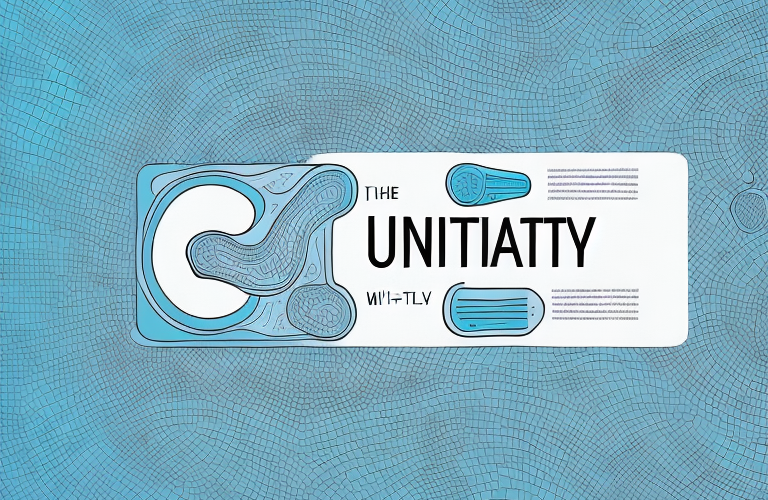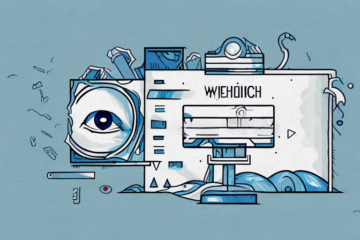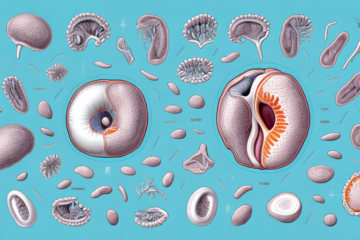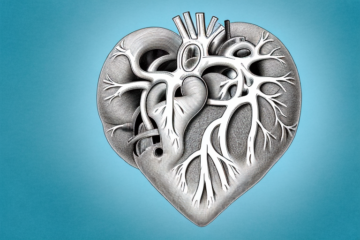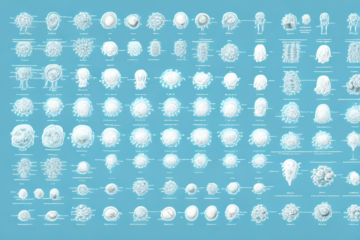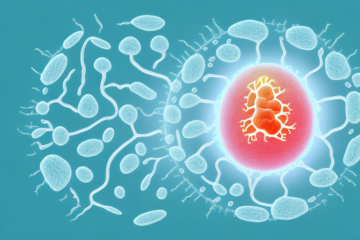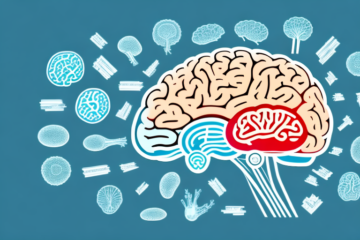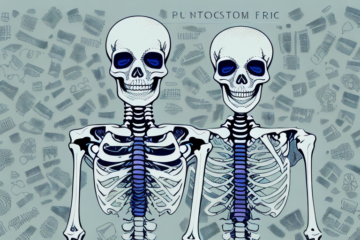Ureteral diverticula are a rare condition affecting the urinary tract. In this article, we will discuss everything you need to know about ureteral diverticula, including their symptoms, causes, and treatment options.
What are Ureteral Diverticula?
Ureteral diverticula are small pouches or sacs that protrude from the ureter, which is the tube that connects the kidney to the bladder. These pouches can develop anywhere along the ureter and can vary in size. They are usually benign, but in some cases, they can lead to serious complications such as infection, kidney stones, and kidney damage.
Ureteral diverticula are more commonly found in women than in men, and they are often asymptomatic, meaning that they do not cause any noticeable symptoms. However, if symptoms do occur, they may include pain in the side or back, blood in the urine, and frequent urination. Treatment for ureteral diverticula may include antibiotics to treat any infections, pain medication to manage discomfort, and in some cases, surgery to remove the diverticulum.
Types of Ureteral Diverticula
There are two types of ureteral diverticula: congenital and acquired. Congenital diverticula are present from birth, and they usually occur in the lower part of the ureter. Acquired diverticula, on the other hand, are typically caused by injury or trauma to the ureter, and they can occur at any point along the ureter.
It is important to note that while ureteral diverticula are relatively rare, they can cause a variety of symptoms such as urinary tract infections, kidney stones, and even kidney damage if left untreated. Treatment options for ureteral diverticula depend on the severity of the condition and may include antibiotics, surgery, or a combination of both.
Signs and Symptoms of Ureteral Diverticula
Most patients with ureteral diverticula do not have any symptoms, and the condition is often found incidentally during routine medical exams. However, in some cases, patients may experience symptoms such as flank pain, urinary tract infections, and blood in the urine. If the diverticulum becomes large enough, it can also obstruct the flow of urine, leading to painful urination.
In addition to the aforementioned symptoms, patients with ureteral diverticula may also experience frequent urination, urgency to urinate, and difficulty emptying the bladder completely. These symptoms can be caused by the diverticulum pressing on the bladder or urethra. It is important to seek medical attention if you experience any of these symptoms, as untreated ureteral diverticula can lead to complications such as kidney damage and recurrent infections.
Causes of Ureteral Diverticula
The exact cause of ureteral diverticula is unknown, but certain factors may increase the risk of developing the condition. These include trauma to the urinary tract, prior surgeries of the urinary system, and congenital abnormalities.
Diagnosis of Ureteral Diverticula
The diagnosis of ureteral diverticula usually involves a combination of imaging tests such as CT scans, MRIs, and ultrasounds. In some cases, the diverticulum may also be visible during a cystoscopy, which is a procedure where a small camera is inserted into the bladder.
In addition to imaging tests, a urine analysis may also be performed to check for any signs of infection or blood in the urine. This can help determine if the diverticulum is causing any complications or if there are any underlying conditions that need to be addressed.
If the diagnosis is confirmed, treatment options may include surgery to remove the diverticulum or medication to manage any associated symptoms. It is important to work closely with a healthcare provider to determine the best course of action based on individual circumstances and medical history.
Treatment Options for Ureteral Diverticula
Treatment for ureteral diverticula depends on the patient’s symptoms and the size and location of the diverticulum. In some cases, non-surgical treatments such as antibiotics and pain medication may be used to manage symptoms. However, if the diverticulum is causing severe symptoms or complications, surgery may be necessary to remove the diverticulum or repair the ureter.
In addition to antibiotics and pain medication, lifestyle changes may also be recommended to manage symptoms of ureteral diverticula. These changes may include increasing fluid intake, avoiding caffeine and alcohol, and avoiding activities that put pressure on the bladder and ureter. It is important for patients with ureteral diverticula to work closely with their healthcare provider to determine the best treatment plan for their individual needs.
Non-Surgical Treatments for Ureteral Diverticula
Non-surgical treatments for ureteral diverticula include antibiotics to treat any infections that may be present and pain medication to manage discomfort. Additionally, patients may be advised to change their diet to reduce the risk of kidney stones, which can exacerbate symptoms.
In some cases, a procedure called ureteroscopy may be recommended to remove any stones or debris that may be causing blockages in the ureter. This procedure involves inserting a small camera and tools through the urethra and bladder to reach the ureter and remove any obstructions.
Another non-surgical treatment option is the use of a stent, which is a small tube that is inserted into the ureter to help keep it open and allow urine to flow freely. Stents may be used temporarily or long-term, depending on the severity of the diverticulum and the patient’s overall health.
Surgical Treatments for Ureteral Diverticula
Surgical treatments for ureteral diverticula may include open surgery or minimally invasive procedures such as laparoscopic surgery or endoscopic surgery. The type of surgery used will depend on the size and location of the diverticulum, as well as the patient’s overall health.
Open surgery involves making a large incision in the abdomen to access the ureter and remove the diverticulum. This approach may be necessary for larger or more complex diverticula. Laparoscopic surgery, on the other hand, involves making several small incisions and using a camera and specialized instruments to remove the diverticulum. Endoscopic surgery is a minimally invasive procedure that involves inserting a small tube with a camera and tools through the urethra and into the ureter to remove the diverticulum. This approach is typically used for smaller diverticula that are located closer to the bladder.
Complications Associated with Ureteral Diverticulum Surgery
As with any surgery, there are potential complications associated with surgery for ureteral diverticula. These may include bleeding, infection, and damage to surrounding organs or tissues.
Other potential complications of ureteral diverticulum surgery may include urinary tract obstruction, urinary incontinence, and recurrence of the diverticulum. It is important to discuss these risks with your surgeon and follow all post-operative instructions to minimize the likelihood of complications.
Recovery Time and Postoperative Care for Ureteral Diverticulum Surgery
Recovery time and postoperative care will depend on the type of surgery performed and the patient’s overall health. In general, patients will need to avoid heavy lifting and strenuous activity for several weeks after surgery. Pain medication and antibiotics may also be prescribed to manage pain and prevent infection.
It is important for patients to follow their doctor’s instructions for postoperative care, which may include regular check-ups to monitor healing and ensure there are no complications. Patients may also be advised to make dietary changes, such as increasing fluid intake and avoiding certain foods, to promote healing and prevent further complications. It is important for patients to communicate any concerns or changes in symptoms to their healthcare provider during the recovery period.
Prevention of Ureteral Diverticula
There is no surefire way to prevent ureteral diverticula, but some lifestyle changes may help reduce the risk of developing the condition. These include staying hydrated by drinking plenty of water, avoiding foods that can contribute to kidney stones, and seeking prompt medical treatment if you experience any urinary symptoms.
Additionally, maintaining a healthy weight and exercising regularly may also help reduce the risk of developing ureteral diverticula. It is important to speak with your healthcare provider about any concerns or questions you may have regarding your urinary health and to follow their recommended preventative measures.
Lifestyle Changes to Manage Ureteral Diverticula
If you have been diagnosed with ureteral diverticula, there are some lifestyle changes you can make to help manage your symptoms. This may include drinking plenty of water to flush out the urinary tract, avoiding foods that can contribute to kidney stones, and managing any underlying medical conditions that may be contributing to your symptoms.
In conclusion, while ureteral diverticula are relatively rare, they can cause significant complications if left untreated. If you experience any symptoms of ureteral diverticula, it’s essential to seek prompt medical treatment. With the right treatment plan, most patients with ureteral diverticula can manage their symptoms effectively and enjoy a good quality of life.
Another lifestyle change that can help manage ureteral diverticula is to avoid activities that put pressure on the bladder and urinary tract, such as heavy lifting or strenuous exercise. It’s also important to maintain a healthy weight, as obesity can increase the risk of developing kidney stones and other urinary tract issues.
Additionally, some patients may benefit from dietary changes, such as reducing their intake of oxalate-rich foods, which can contribute to the formation of kidney stones. Your doctor or a registered dietitian can provide guidance on making these dietary changes.

